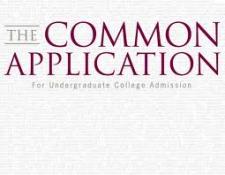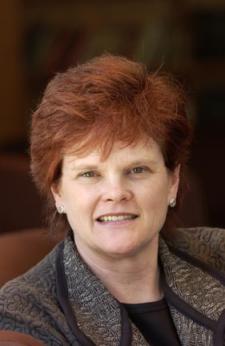Ch-ch-ch-ch-changes for the Common App
Posted on Tue, 10/09/2012 - 09:55
We just returned from the annual conference for the National Association for College Admission Counseling -- a gathering of admission deans, high school college counselors, financial aid officers, and others who come together to share ideas about everything from scholarships and access to net price calculators and NCAA eligibility.
At one of the sessions we attended, Common Application, Inc., executive director Rob Killion and director of outreach Scott Anderson unveiled the specifics of an $8-million overhaul of the online system that now has 488 colleges and universities as members. As of August 1, 2013, the three million students who use the Common App will see a new, technologically enhanced version -- Common App 4.0. An improved interface and infrastructure will make it easier to use and hopefully reduce the technical issues students often confront. But there will also be other changes that will affect students.
Some of these changes users will likely see in the facelift include:
















